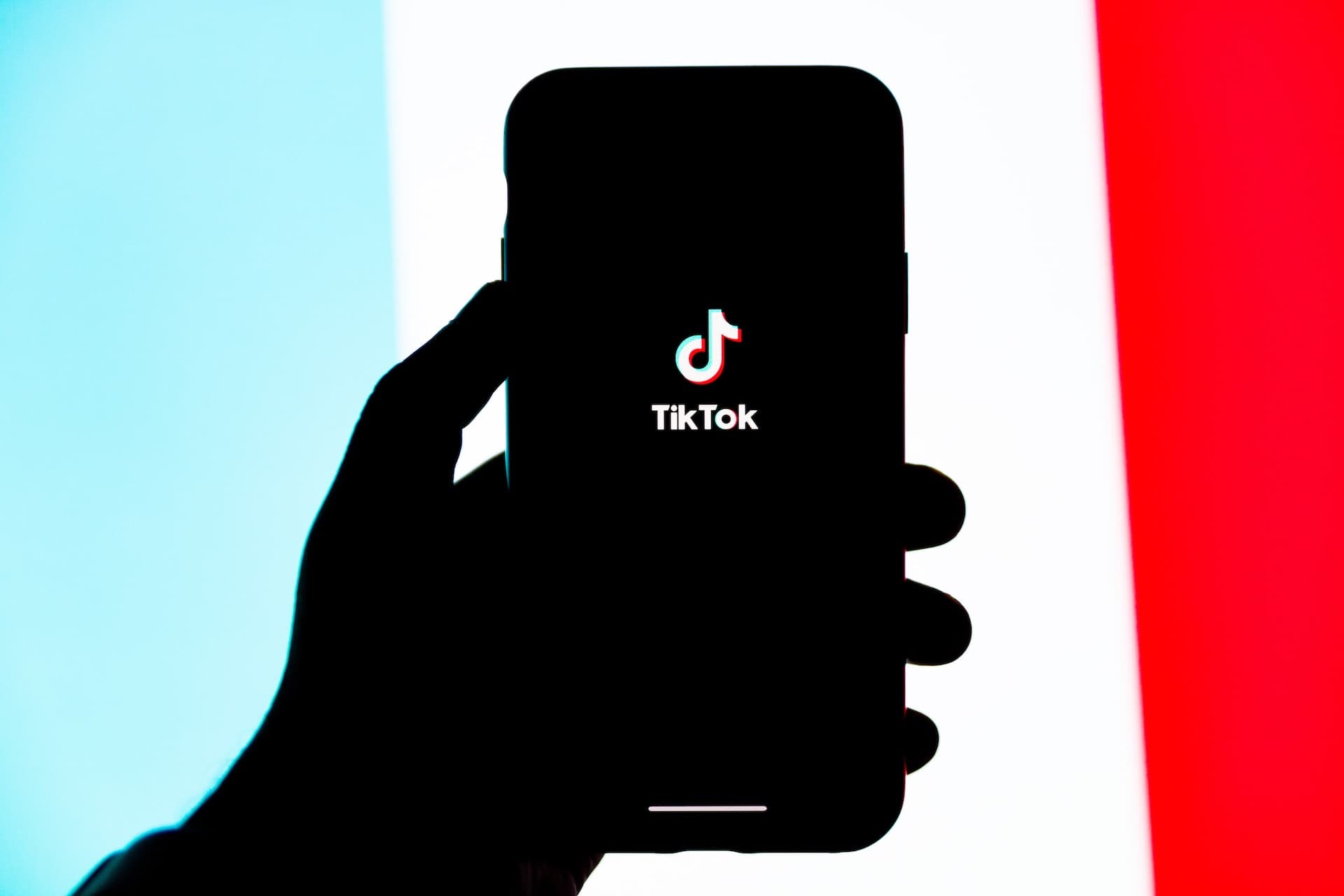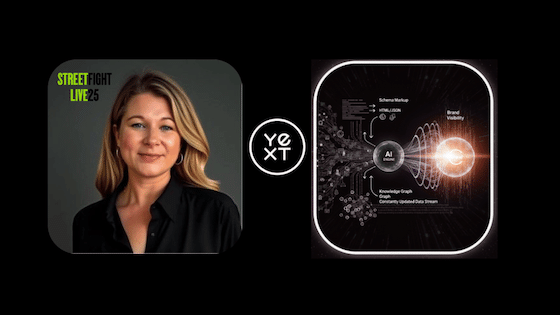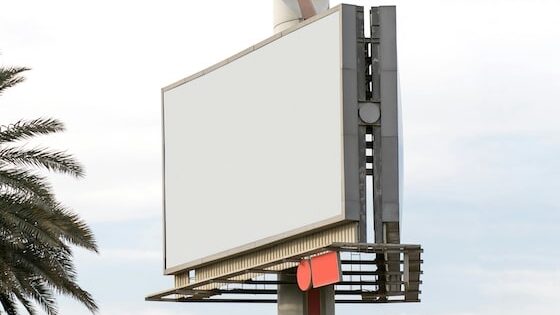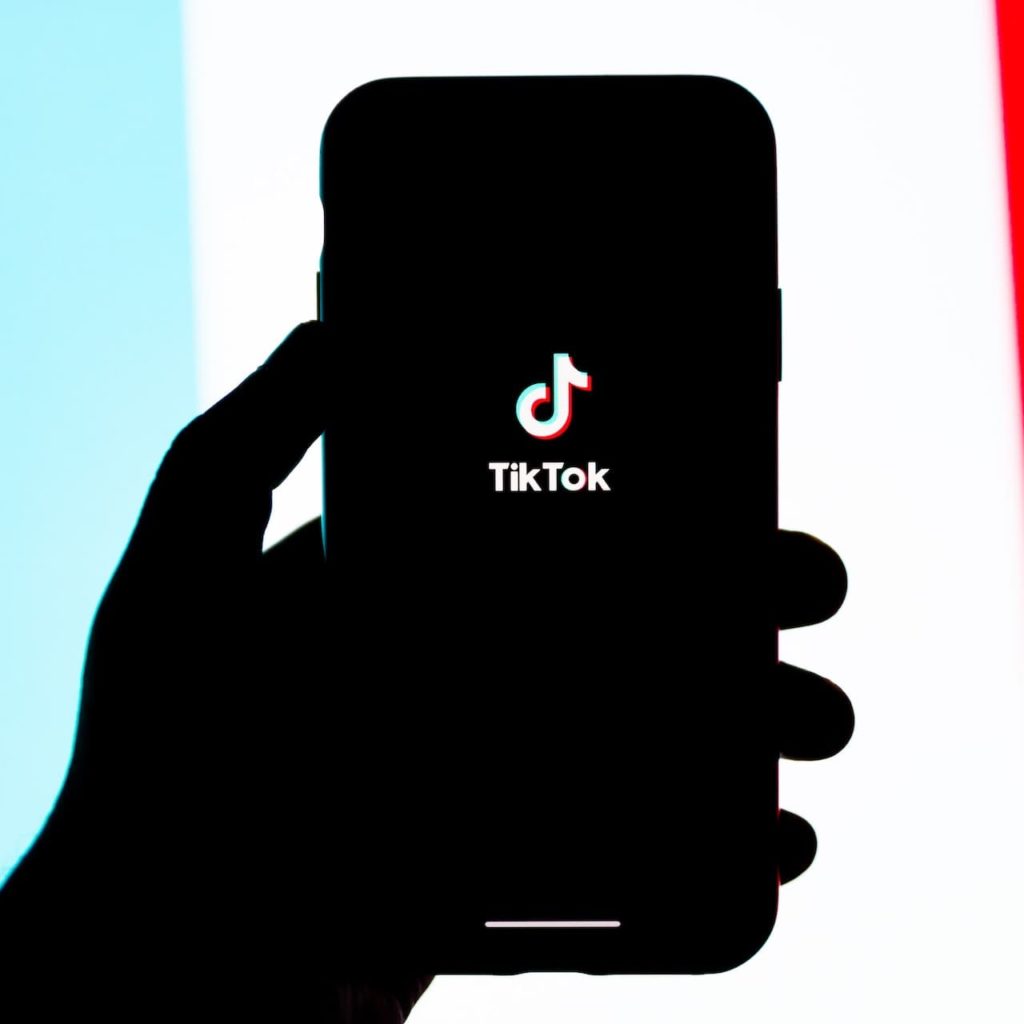TikTok continues to be a sleeping giant in the world of brand and SMB advertising. It’s already a giant that’s awake when considering its user traction, global growth and engagement levels. The “sleeping” part refers more to its underdeveloped advertising systems, though that’s quickly changing.
After launching shoppable video formats and a new AR creation platform (Effect House), TikTok’s latest move is to formalize its ad revenue ambitions. Known as Shopping Ads, they’re meant for brands to more easily advertise on TikTok. Beyond just promotion, these formats are all about shoppability.
What is shoppability? As Localogy Insider readers know, this is our term for the rise of buy buttons and transactional functionality across consumer touchpoints. Everything is becoming shoppable – from Instagram Stories to YouTube videos. It isn’t a new trend but its been accelerated in the Covid era.
Common Thread
Back to TikTok’s updates, they’re built around three new shoppable formats: Video Shopping Ads, Catalog Listed Ads, and LIVE Shopping Ads. As you can tell, the common thread is shopping, which TikTok knows is organic on its platform as users are there to discover new content… and new products.
In fact, TikTok claims that 56 percent of users report that its ads help them discover new products and brands. Additionally, 48 percent of users are interested in making a purchase on TikTok in the next three months and 70 percent say that it seems easy to purchase on its shopping-related ads.
Taking the new formats one at a time, video shopping ads let advertisers highlight products within in-feed video ads. These are meant to look and feel just like organic TikTok videos (more on that in a bit), inserted between them as users flow from one to the next in TikTok’s signature conteny-discovery UX.
Meanwhile, Catalog Listing Ads include product listings that are in a more traditional format (image, description, price, etc.), as opposed to appearing as a placement inside a video. Brands can upload their product details, which are then placed in TikTok’s content flow and “Recommended Products” section.
Finally, LIVE Shopping Ads are for brands who produce live shopping events (think: QVC-style). Part of the paid ad format is targeted messaging that appears on users’ “For You” page, directing them to these shopping events. User targeting is based on past browsing behavior, per TikTok’s relevance algorithm.
Speak the Language
One of the key terms used above is ‘organic.’ Not only is product discovery natural in the UX that TikTok has conditioned, as noted, but ad formats themselves are meant to be produced in organic ways. This of course is up to the advertiser but smart ones will produce videos aligned with TikTok’s ‘language.’
In fact, this was a key takeaway from a session we held last year at Localogy Place. TikTok’s Rebecca Sawyer stressed that the most successful branded content on TikTok doesn’t feel like advertising. It should match TikTok’s style and vibe if it’s to get high engagement and algorithmic ranking.
What is that style and vibe? Sawyer says that raw and unscripted content performs best. For SMBs that have been successful on TikTok, this includes things like kitchen walkthroughs or delivery ride-alongs. Things that genuinely capture the personality or ethos of a given business are most likely to succeed.
Those same rules will apply to large brands and there will be a wide range of hits and misses. This playbook will continue to evolve as TikTok itself does. And it will be a moving target, as TikTok is still early in its lifecycle. There will be lots to watch and learn from… attentive students will be most successful.




